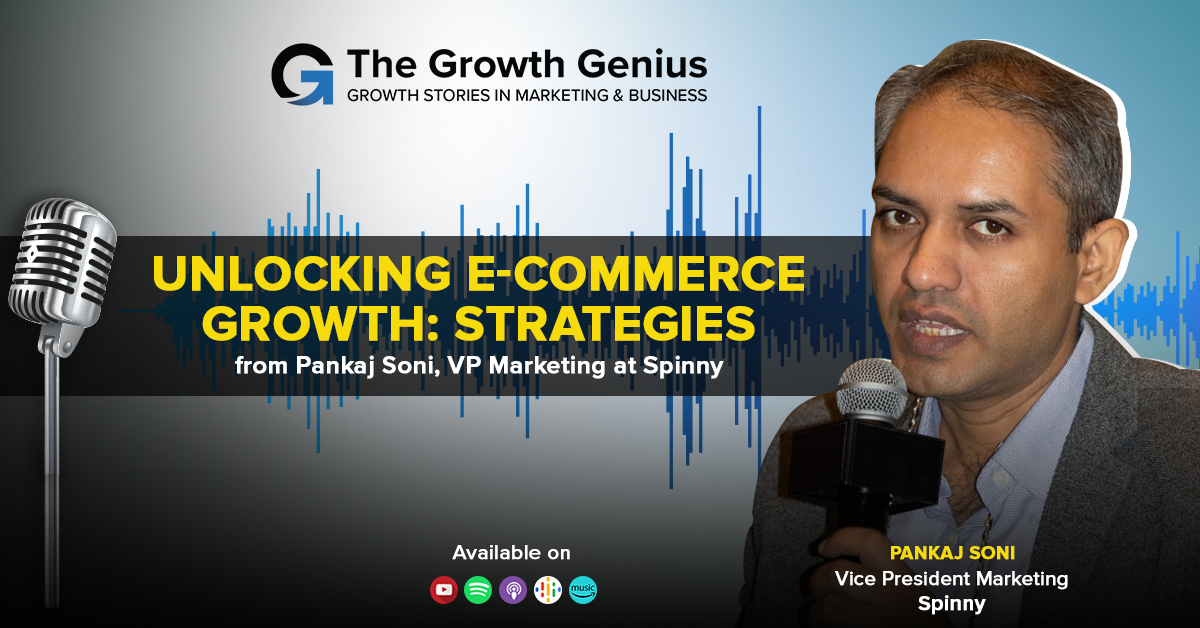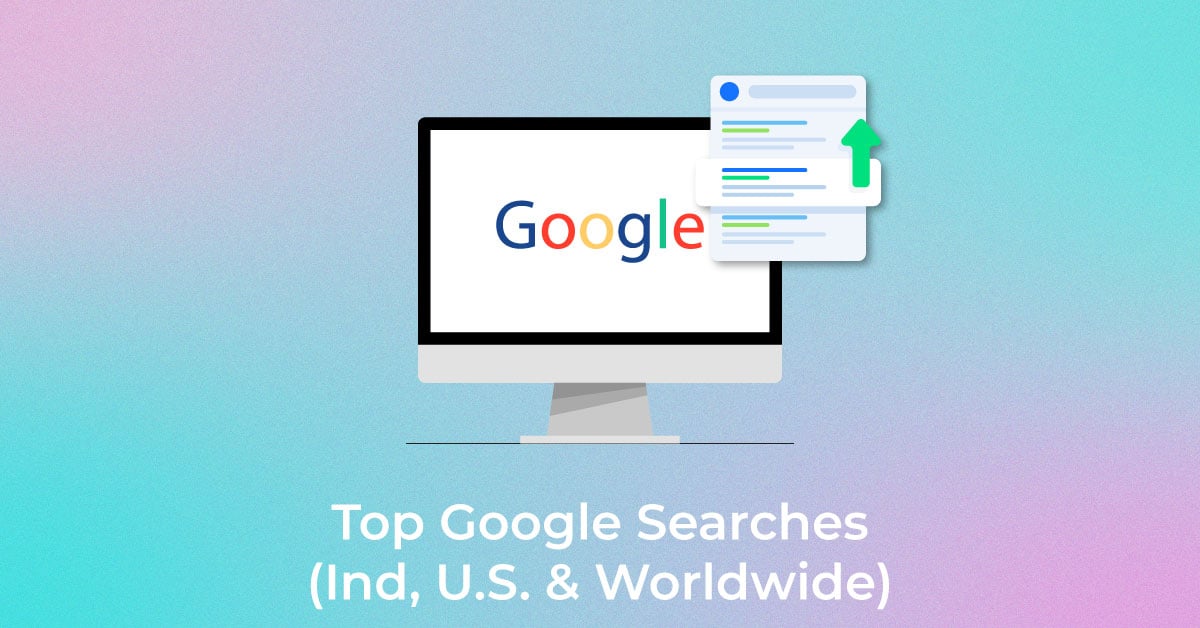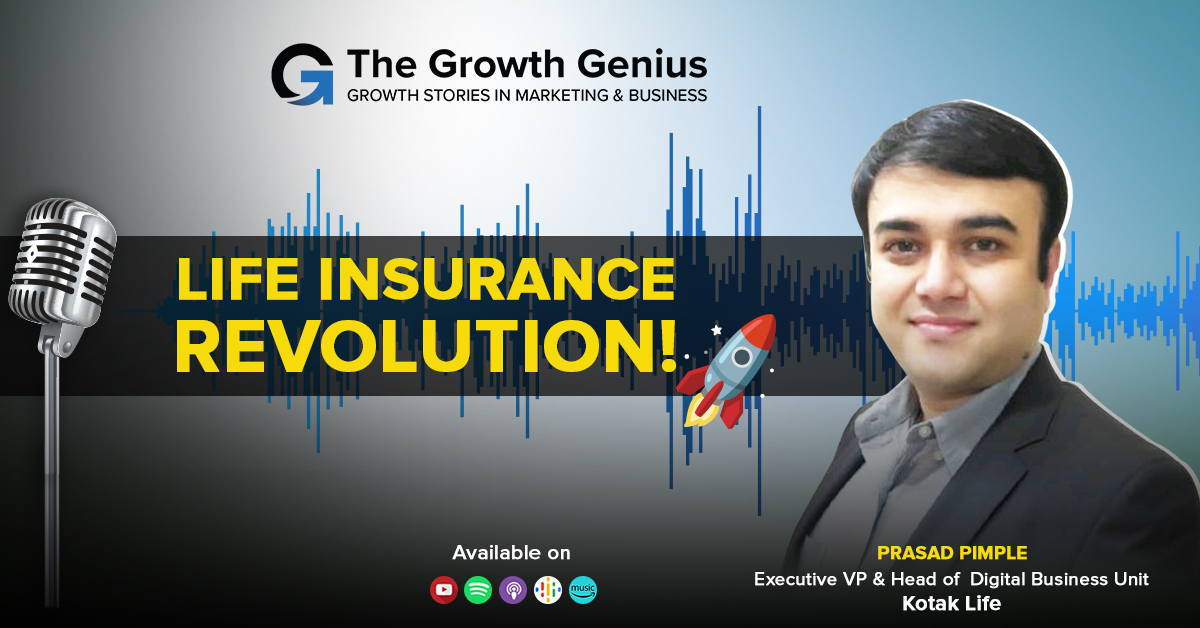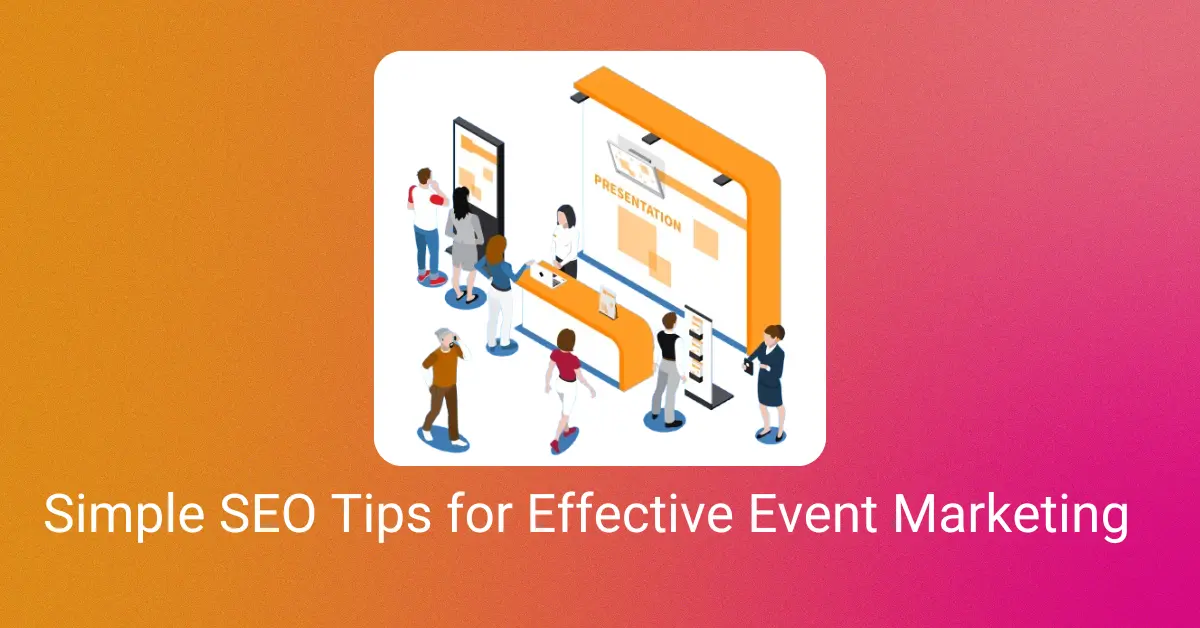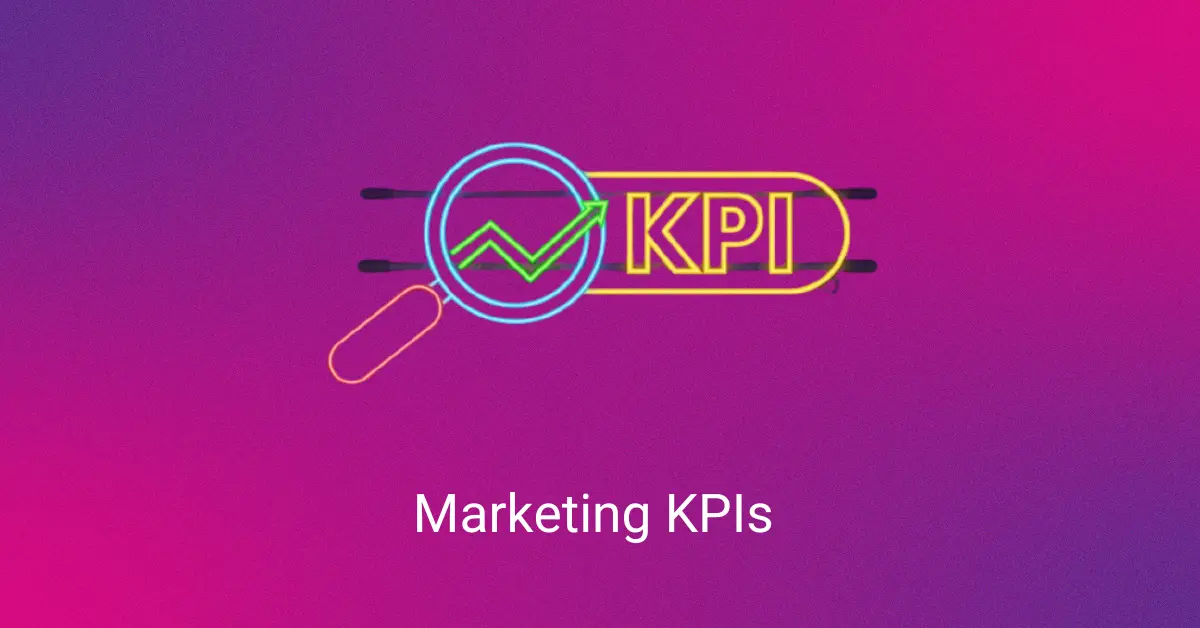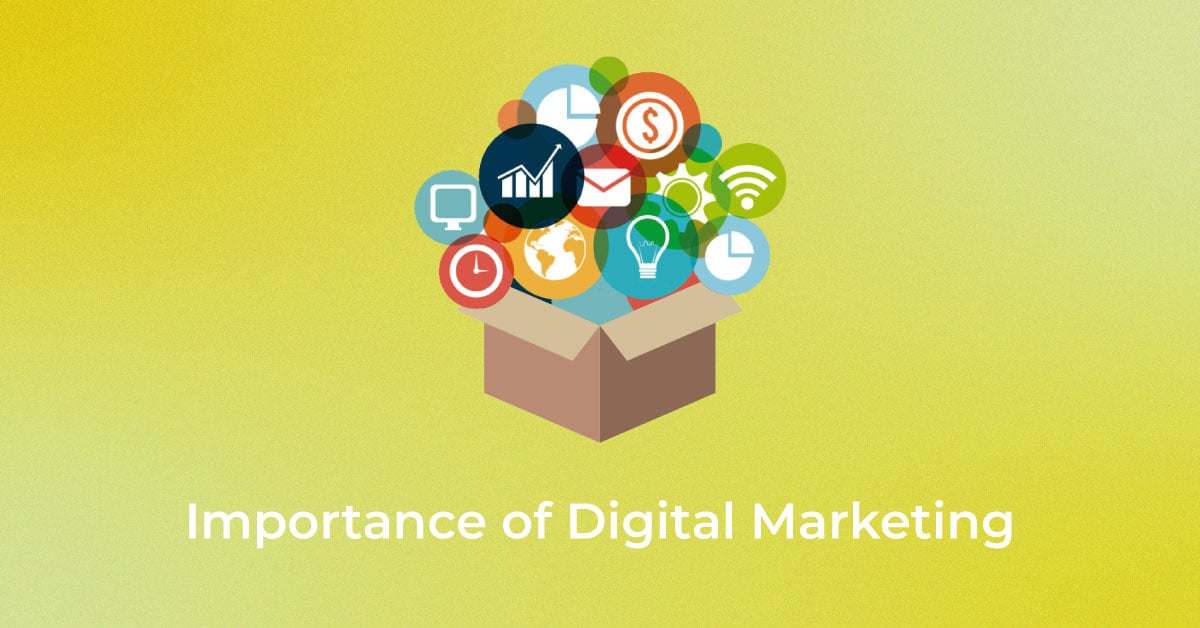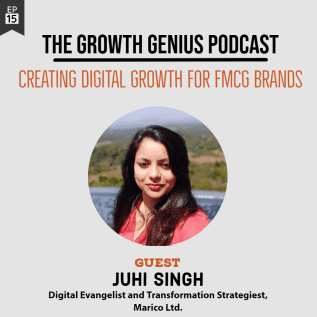Summary
In this podcast episode, the focus is on digital growth strategies for FMCG brands. The host discusses the importance of leveraging digital channels to reach and engage with consumers in the fast-moving consumer goods industry. The episode highlights the key factors that contribute to the success of FMCG brands in the digital space, such as understanding consumer behavior, optimizing e-commerce platforms, and implementing effective digital marketing campaigns. The guest expert shares insights and practical tips on how FMCG brands can enhance their online presence, drive sales, and build brand loyalty. Overall, this podcast provides valuable information and strategies for FMCG brands looking to thrive in the digital era.
Key Take Aways
8 Key Takeaways for a Digital Marketer from this Blog:
- Importance of Data Analysis: Utilize data analytics to understand consumer behavior, identify trends, and optimize marketing strategies.
- Mobile Optimization: Prioritize mobile-friendly experiences as a significant portion of FMCG consumers access content through mobile devices.
- Social Media Engagement: Leverage social media platforms to engage with consumers, build brand loyalty, and drive sales.
- Influencer Marketing: Collaborate with influencers to reach a wider audience and increase brand visibility.
- Personalization: Tailor marketing campaigns to individual consumers by utilizing data-driven insights.
- Content Marketing: Create valuable and relevant content to attract and retain consumers, establishing the brand as an industry thought leader.
- E-commerce Integration: Embrace e-commerce platforms to provide convenient purchasing options for consumers and increase sales.
- Continuous Learning: Stay updated with the latest digital marketing trends, tools, and techniques to stay ahead of the competition and drive growth.
In episode #15, Juhi Singh, the Digital Evangelist and Transformation Strategist at Marico Limited talks about creating digital growth for FMCG brands.
About the Growth Genius:
Juhi is a 2020 Economic Times Women Leader awardee who is known for driving strategic cross-functional digital transformation initiatives with leadership teams. She has also enabled digital capability building through digital quotient (index comparison of ~80 brands & 80+ digital KPIs), CAMPS (focused Ecom framework to drive sales & growth), Mavericks (a cross-functional digital champions program to drive themes of utmost importance and help people get trained through experimentation & A/B testing). She is also empowering millennials & GenZ by targeting digitally innovative brands to strategize and execute digital campaigns effectively for maximum returns.
From answering questions about digital challenges to measuring the success of digital campaigns at FMCG companies, Juhi opens up about creating digital growth. So let’s join her and our Host – Founder and Managing Director of Infidigit, Kaushal Thakkar.
Read Transcript
(03:54) What are the digital challenges at an FMCG company?
Here are the major digital challenges faced by Fast Moving Consumer Good (FMCG) companies:
- Learning to spot a potential customer on a digital platform. For example, finding a consumer who would opt for an anti-greying product is difficult on a digital platform than offline stores.
- Convincing customers to buy products.
- Unavailability of sales assistants online and offline who can assist potential customers in buying a product.
- Lack of data from online ads for analysing its impact on customers.
- Difficulty in adapting a brand online which has an average offline presence. Whether it is from a creative or content standpoint, a 360-degree unification of a brand is a considerable challenge.
- Hiring the right candidate for the digital campaigns, grooming them for the future, and retaining them for a longer time.
To avoid these challenges, FMCG can opt for a multi-touch attribution model for collecting data and verifying channels that give maximum return on investment (ROI).
(07:55) How would you compare these challenges faced by FMCG companies to the digital challenges of an eCommerce company?
Here are the three major differences in digital challenges faced by FMCG and eCommerce companies.
- FMCG companies have to continually try to stay relevant to the online world, whereas eCommerce companies have already spread their roots in the online market.
- There is a profitability challenge with eCommerce but not with FMCG companies.
- Risk appetite is more with eCommerce companies due to the online customer base when compared to FMCGs.
(09:01) How would you measure the success of digital campaigns in the FMCG industry?
You could follow some of the points mentioned below to measure the success of digital campaigns in the FMCG industry.
- Checking whether the website content is as per the best practices or not.
- Maintaining a benchmark for SKUs (stock-keeping units) and regularly checking the number of products stocked out (out-of-stock) or stocked.
- Identifying the reach and final conversion numbers of marketing ROI.
- Setting a competitive price by researching about the offers and discounts set by competitors online.
- Using a Share of Search model for identifying the number of times your brand is appearing in that particular category or niche.
- Continually checking the cost per miles (CPM) for optimising reach and frequency of content.
- Measuring ROI of influencer marketing by checking the engagement you get on your products.
(11:23) What are the digital channels that provide the best ROI?
Smaller brands can opt for digital channels, such as Amazon or Facebook search for best ROI. Bigger brands can go for YouTube videos for promoting their products using long-tail keywords. FMCGs need to use the brand search volume model for measuring the success of the ads and the ROI they receive on digital channels.
(13:05) Share one digital growth story at Marico?
Marico worked with Kaya Youth; a 2019 launched cosmetics brand. They planned a regional frequency campaign for the brand, but it didn’t work out due to the saturated market. Later Marico researched from the consumer point of view and created a functional marketing campaign by offering offers and discounts on eCommerce platforms. Kaya Youth saw organic growth and received maximum ROI later.
(16:05) Are campaigns different for different demographics?
Yes, brand campaigns are created based on targeting a specific demographic. For example, Marico targeted women in their 30s and 40s for promoting Livon hair care products as the women in that age group face more hairfall problems.
(18:04) What role does content play in FMCG businesses?
Content plays a huge role in the FMCG business. It helps in creating more organic growth than paid advertising. Be it a blog about a specific brand or a video about a product, having relevant content on a website can help an FMCG company rank higher than the competitors.
(19:50) How has the centre of excellences helped Marico in achieving growth?
Marico has achieved growth through its following centres of excellence:
- Content development studio for developing content, such as blogs, images, and videos
- Trainspotting and social listening team for computing the popularity and performance of brands on social media.
- Learning and development team for improving the effectiveness of brands.
- Cross-learning for promoting brands offshore.

Popular Searches
How useful was this post?
0 / 5. 0











